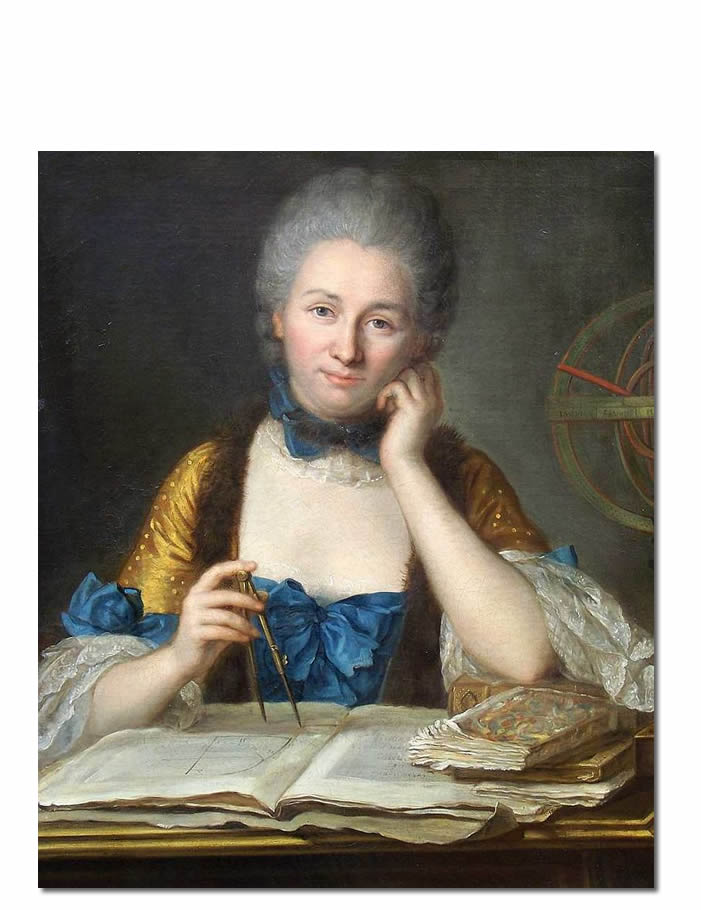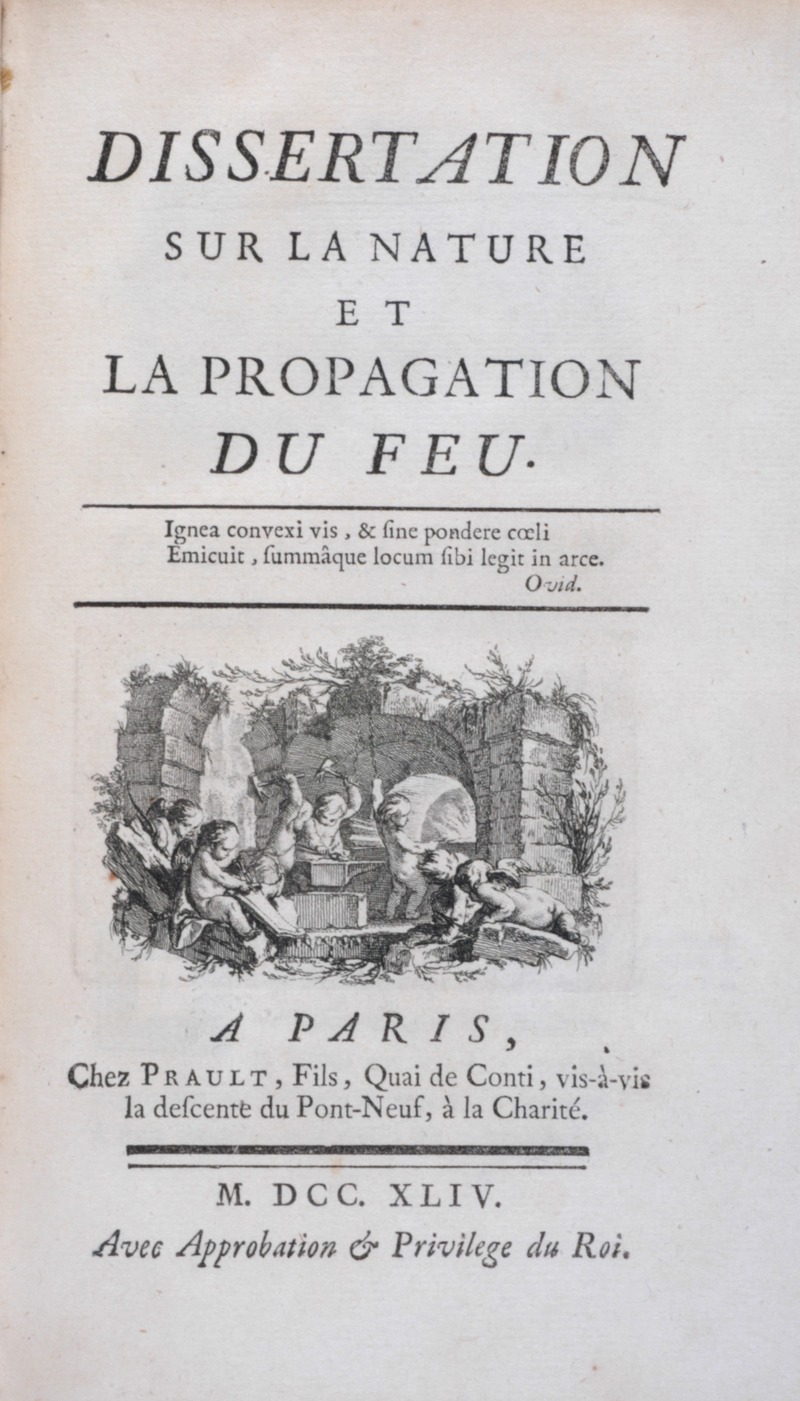Émilie du Châtelet: A Brilliant Mind of the Enlightenment Who Remained in History for the Wrong Reasons
Women in Science. It does not sound strange; nor contradictory. Yet, this was not always the case. There used to be a tremendous gender gap in science ever since ancient times. Some people still believe that women might be underrepresented in various tech or stem fields but in this post I will mention a few facts about science and women’s role in it. I will continue presenting the life of Emilie du Châtelet, a female scientist from France who is remembered more for her private life than mentioned in regards to her contribution in her fields (natural philosophy, mathematics, physics etc)
Let me to take you on a quick historic road trip
MERIT PTAH (Physician in Egypt 2700 BC)
Merit Ptah is believed to be the first woman to be recorded and known by name. ref She was the chief physician of the Pharaoh’s court.
HYPATIA OF ALEXANDRIA (Mathematician & Philosopher 370-415)
Perhaps you have already heard her name. She is considered the first woman who contributed to the development of Mathematics. Her father was a known mathematician and guided her through this field which led her to become “head of the Platonist school at Alexandria in about 400 AD”1 where she lectured about philosophy and Mathematics.
AGAMEDE (Physician in Greece 1200 BC)
Homer in his epic poem, Iliad mentions Agamede as a female Greek physician that heals patients using the healing powers of all the plants.
These are only just a few examples about women who made it through history and their name is still known to us. I am sure there are many more women for which the circumstances, their origin, their country, their skin color did not allow them not to establish their name; but to do what they loved and to contribute in the way they could to science and knowledge.
Émilie du Châtelet (1706-1749)

Life & Education
Emilie’s name was Gabrielle-Émilie Le Tonnelier de Breteuil and she was the only sister to 5 brothers that were dominating the family.
She was born in a wealthy family, in Paris, her father holding the position of the Principal Secretary and Introducer of Ambassadors to King Louis XIV.
Her father recognized her mind’s brightness and even though that was uncommon for the time being (early Renaissance), her father arranged for her physical activities as well as tutors to their house. She was already fluent in many language by the age of 12 and she learned mathematics, literature, science. It is said that her mother wanted to send her to a convent but that never happened.
Emilie had an artistic side, being an amateur artist and her skills in mathematics led her to make some money as a teenagers by coming up with gambling strategies. The earnings she used to buy herself books and not dresses or other feminine stuff (something that was apparently caused her mother to be displeased)
In 1725, 18 year old Emilie got married with Marquis Florent-Claude du Chastellet-Lomont.This was a pre-arranged marriage (typical for noblemen at that time)
At her early 26, Emilie continued her Mathematical Studies, tutored by prominent mathematicians.

Emilie and Voltaire: Sharing a passion for science
Emilie captivated Voltaire both with her intellect and with her beauty. At that time, it was not a problem for aristocratic couples to lead separate lives. Voltaire used to often visit Emilie and her husband.
During the time of their romance, Newton's & Descartes' contradicting theories regarding the planet’s movements were vastly discussed among the intellectuals and scientists. Voltaire and Emilie du Chatelet joined forces and wrote the book ‘Elements of Newton Philosophy’. Even though Emilie’s name is not included in the authors, Voltaire did acknowledge her role in it.
Voltaire was a person who valued Emilie’s bright mind and encouraged her scientific queries and research.
Intellectual work - Research and Publications of Emilie du Chatelet
Emilie was interested in philosophy and followed the work of Newton, Leibniz as well as [Christian Wolff]( https://en.wikipedia.org/wiki/Christian_Wolff_(philosopher). She had also often correspondence with members of the Bernoulli family.
With her mathematical thought and her writing skills, Emilie contributed to the embrace of Newtonian Physics by the French speaking world.
You can read here about the Cartesian and Newtonian Laws
Some of her most important work include:

1737 - Dissertation sur la nature et la propagation du feu
In Emilie's paper she researched the science of fire and the nature of light (what is known as infrared radiation, as per wikipedia). This was actually the entry of Du Chatelet in a competition, in which Voltaire also entered.
(Leonhard Euler was the top prize winner). Emilie had conducted various experiments (in secret) for her preparation of her essay and both her as well as Voltaires essays were published.
One of her most important contributions to science was her elucidation of the concepts of energy and energy conservation. Following experiments done earlier by Willem ‘s Gravesande, she dropped heavy lead balls into a bed of clay. She showed that the balls that hit the clay with twice the velocity penetrated four times as deep into the clay; those with three times the velocity reached a depth nine times greater. This suggested that energy is proportional to mv2, not mv, as Newton had suggested.
source
1738 - Eléments de la philosophie de Newton
This is actually a publication by Voltaire, who nevertheless aknowledged Emilie’s significant contribution.
1738 – « Lettre sure les ‘Eléments de la philosophie de Newton’ »
This was published in the ‘Journal des savants’, and it is where she would defend Newtonians laws while disputing the Cartesian Physics.
1749 – Translation in French of Newton’s Principia
The translation of Newton’s Principia from Latin to French was one of her biggest projects. Not just translating, but including notes, clarifications, to Newtons writing, Emilie also used her own experiments to confirm the theories in Principia.
Her work was finished just before she died and published 10 years later, being for a long time the only book of that kind in French language. It is said that her rich and commentary “probably helped to the evolvement of science in France”
Emilie, apart from the scientific contributions and researches was interested greatly in natural philosophy and ethics, and her (non-scientific work) was about the roles of women in society and education.
As a fascinating side note on how dynamic Du Châtelet studies are, in recent years fully three complete copies of her Essai have been found, one in Bernoulli's papers in Basel (Nagel 2012) and two that have been acquired recently by the Musée des lettres et manuscrits in Paris.
source
The End
In 1749, an unexpected pregnancy came to disrupt her life at the age of 42, as the outcome of her relationship with the poet Jean Francois de Saint Lambert. Emilie feared that she would not survive and she worked hard finishing her manuscripts during her pregnancy. She gave birth to a little girl September 4th, 1749 and passed away after a few days, while her little daughter died a few months later.
Voltaire describes the moments "The little girl arrives while her mother was at her writing desk, scribbling some Newtonian theories, and the newly born baby was placed temporarily on a quarto volume of geometry, while her mother gathered together her papers and was put to bed.
source
Conclusion
Emilie was one of the few people during her time that actually understood calculus.
She is described by Robyn Arianrhod as “The most glamorous female mathematician in history. Tall and aristocratic, passionate […] She was larger than life. Too large for most of the people at the time […]”
Emilie du Chatelet managed to ‘ruffle the waters’ of the time. With her insights she added value to Newton’s Principia.
We cannot oversee the fact that women faced a lot of difficulties in entering education and in their inclusion in scientific endeavors. If we come to think that some of the world’s most important scientific academies were founded in the seventeenth century (such as the Royal Society of London) but the first woman that was admitted to such an institution, such as the Academie des Sciences in Paris was not accepted until 19791, then you understand the huge gender gap in science.
We should be Learning about and from the past as well as embrace it. At the same time we should accept the fact that people have been active and have had scientific queries for ever, as long as humanity exists. One of the things that marks us as humans is the curiosity, the need to find the why/how behind the what. Let’s preserve that, while protecting and respecting whatever is around us.
If only ...
“If I were king,” Emily wrote, “I would reform an abuse which effectively cuts back half of humanity. I would have women participate in all human rights, and above all, those of the mind.”
[1] Londa Schiebinger - WOMEN IN SCIENCE: HISTORICAL PERSPECTIVES
[2] Hypatia of Alexandria
[3] Merit – Ptah in Ancient Egypt
[4] Agamede in Greece
[5] 4000 Years of Women in Science – University of Alabama
[6] Voltaire Foundation – Émilie du Châtelet
[7] Image source public domain
[8] Emilie du Chatelet – Wikipedia
[9] https://www.aps.org/publications/apsnews/200812/physicshistory.cfm
[10]Cosmos Magazine
[11]Wscavantbard
[12]Stanford Encyclopedia of Philosophy
[13]American Physical Society
[14]agnesscott.edu
[15]Image Source CC0 Voltaire
[16]Image Public Domain Dissertation
Quite an accomplisher.
Too bad she died at such a young age. And surprising that she knew she would.
Finally, after millenia of being denied education, women are finally starting to get the recognition they deserve.
However there is yet so much progress to be done in that regard in so many countries around the world...
Being A SteemStem Member
WOW and WOW again!!!!!
You have your way to amaze me @katerinaramm!!!
If I had to state my favourite of them all, eventhough they are all astonishing, I would go with Hypatia of Alexandria!
My ALL TIME FAVOURITE!!!!
Congrats again Κατερίνα!!! 💗